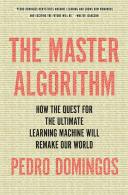Новые книги
OCINewDescriptor
| ||||||||||
OCINewDescriptor(PHP 3>= 3.0.7, PHP 4) OCINewDescriptor - инициализирует новый пустой LOB или FILE-дескриптор. Описаниеstring OCINewDescriptor (int connection [, int type]) OCINewDescriptor() выделяет место для хранения дескрипторов или LOB-локаторов. Правильными значениями для type являются OCI_D_FILE, OCI_D_LOB, OCI_D_ROWID. Для LOB-дескрипторов методы load, save и savefile ассоциированы с этим дескриптором, для BFILE имеется только метод load. См. примечания по использованию во втором примере.
| ||||||||||
| ||||||||||

